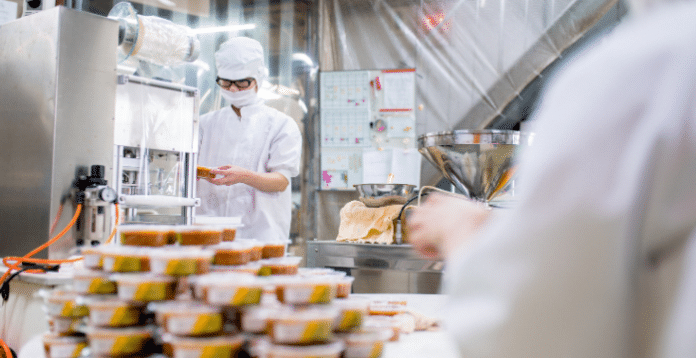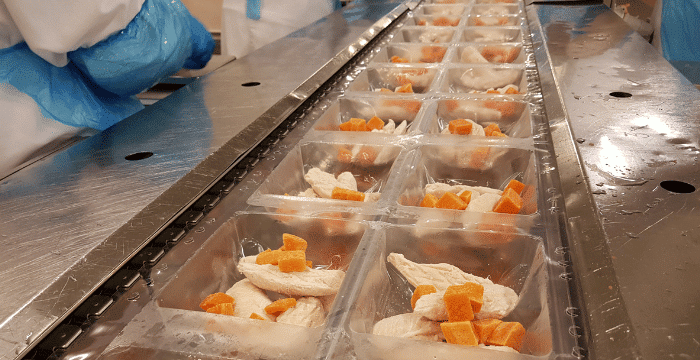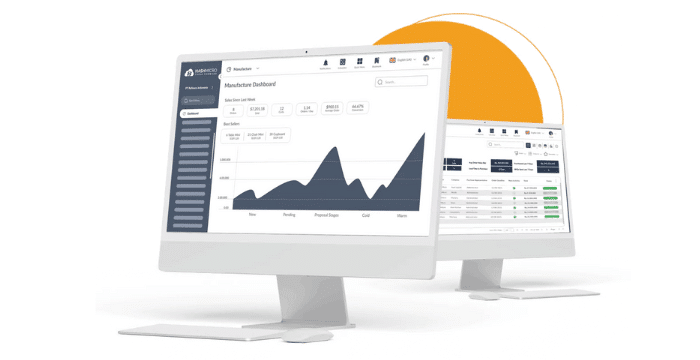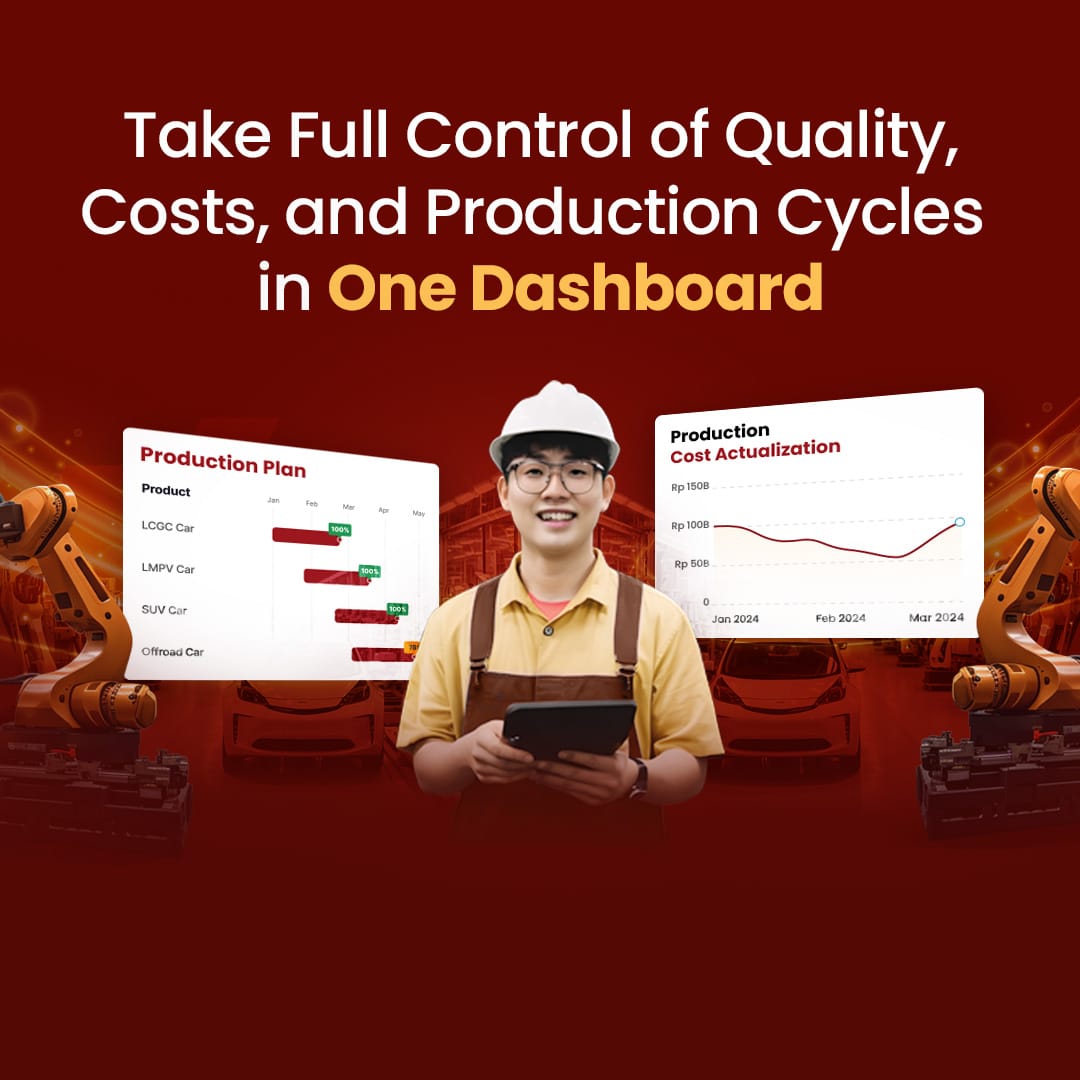In today’s fast-paced world, people are always on the lookout for quick, healthy and convenient food options. As a result, the food industry has undergone a massive transformation in recent years. One of the key players in the food industry is food manufacture.
It is an essential component of the global economy, providing a wide variety of food products to consumers around the world. Food manufacturing is a complex process that involves multiple stages, from processing to distribution.
Understanding its process and advantages can help us make informed decisions about the food we consume and promote sustainable food practices. In this article, we will delve into the food manufacturing process and explore its advantages.
Key Takeaways
|
Table of Content:
Table of Content
What is Food Manufacture?
Food manufacturing refers to the process of transforming raw ingredients into consumable food products that satisfy consumer needs and preferences.
It is a complex industry requiring sophisticated technology, as well as stringent quality control measures, to ensure food safety and quality. Examples of prevalent food manufacturing products include baked goods, dairy products, and packaged foods.
Food Manufacture Process
Food manufacturing involves multiple steps. Each step is crucial to ensure that the final product meets the requirements of the consumer and the regulatory authorities. Here are the food manufacturing processes:
Market Research
Market research involves gathering information about consumer preferences, market trends, and competition to identify opportunities and potential challenges.
The information gathered during this step helps manufacturers to develop new products that meet consumer needs and preferences. Additionally, it aids manufacturers in determining the right price point and distribution channels for their products.
Budgeting
This step involves determining the costs associated with producing a new product, including raw materials, labor, and overhead. Manufacturers need to create a budget that ensures profitability while keeping the product affordable for consumers.
You can also automate the records of all production and operational costs to monitor your expenses thoroughly with the help of advanced technology.
Packaging Design
The packaging of the food must protect the product while also being visually appealing to the consumer. The design should be consistent with the product’s branding and messaging and should also meet all regulatory requirements.
So, before finalizing the design, it’s important to preview product packaging to ensure that it accurately represents the brand and meets all functional requirements. In addition, the packaging should be cost-effective, easy to transport, and environmentally friendly.
It is also worth checking whether the design will be compatible with the types of equipment that are used to package perishable goods. Check out Revelation Machinery’s packaging solutions to see what machinery is available, and the capabilities it can offer.
Picking a design that can be implemented with existing gear is much more affordable than opting for something entirely bespoke.
Ensure product regulatory compliance
Food manufacturers must comply with various regulations and standards to ensure the safety and quality of their products. Regulatory compliance involves meeting specific requirements related to the ingredients, labeling, packaging, and production processes.
It is essential to ensure that the product complies with all relevant regulations before it is marketed to consumers.
Protect the product
To ensure the product’s quality and safety, it is important to safeguard it from contamination and spoilage. Manufacturers need to implement rigorous quality control procedures throughout the production process to prevent any deterioration.
This involves implementing sanitation protocols, testing raw materials, and monitoring the production environment.
Create marketing plan
The final stage in the food manufacturing process is developing a marketing strategy. This phase is essential to promote the product effectively and generate sales.
The plan should outline the target market, the messaging and branding, the distribution channels, and the promotional activities. In addition, it should include a budget and a timeline for executing the plan.
Food Manufacture Advantages
Food manufacturing offers numerous advantages that contribute to the overall improvement of food quality, safety, and convenience. Here are some of the advantages of food manufacturing:
Improve quality
Firstly, food manufacturing allows for consistent and controlled production of food products. This ensures that the quality of the food products is standardized. The use of advanced technology and equipment in food manufacturing also eliminates human error, resulting in a more consistent quality product.
Moreover, food manufacturers often use high-quality ingredients and follow strict production processes to ensure the final product is of high quality.
Ensure food safety
One of the primary advantages of food manufacturing is that it enables manufacturers to ensure food safety. Food manufacturers have strict quality control processes that include regular testing and inspection of raw materials and finished products. These processes help to prevent contamination and ensure that the food products are safe for consumption.
Have a centralized approach
Food manufacturing provides a centralized approach to food production. It enables better coordination of the production process, reduces transportation expenses, and ensures that products are delivered to consumers in a timely and efficient manner.
Centralized production facilities can also be optimized for efficiency and effectiveness, resulting in lower-priced goods of higher quality.
Time-saving for consumers
Food manufacturing offers consumers convenience by offering a variety of easily obtainable products on the market. Food items manufactured in large quantities are frequently packaged and sold in supermarkets, making them more accessible to consumers.
It also saves customers time in preparing meals, as pre-packaged and processed foods are often simpler and quicker to prepare.
Conclusion
Understanding the food manufacturing process provides several advantages for both manufacturers and consumers. From improving efficiency to assuring product safety, its benefits cannot be overstated. Moreover, with the aid of technology, manufacturers can streamline their operations and optimize their production process.
One such tool is HashMicro’s Manufacturing Software which provides a comprehensive solution for every aspect of manufacturing, such as inventory management and production scheduling. With this system, you can increase your productivity and profitability while delivering high-quality products to your customers.
If you’re a food manufacturer seeking to expand your business, consider giving HashMicro’s Manufacturing Software a try. Schedule a free demo now! Alternatively, you can read our article about the food manufacturing software in Singapore to compare different options and find the solution that best fits your needs.





































